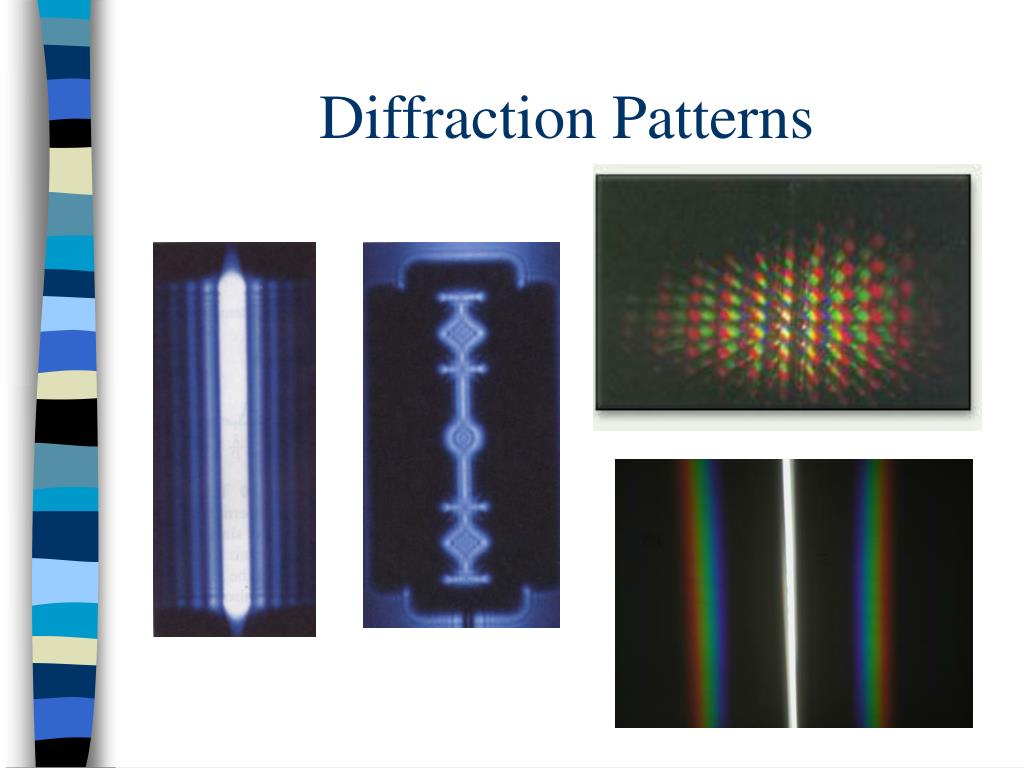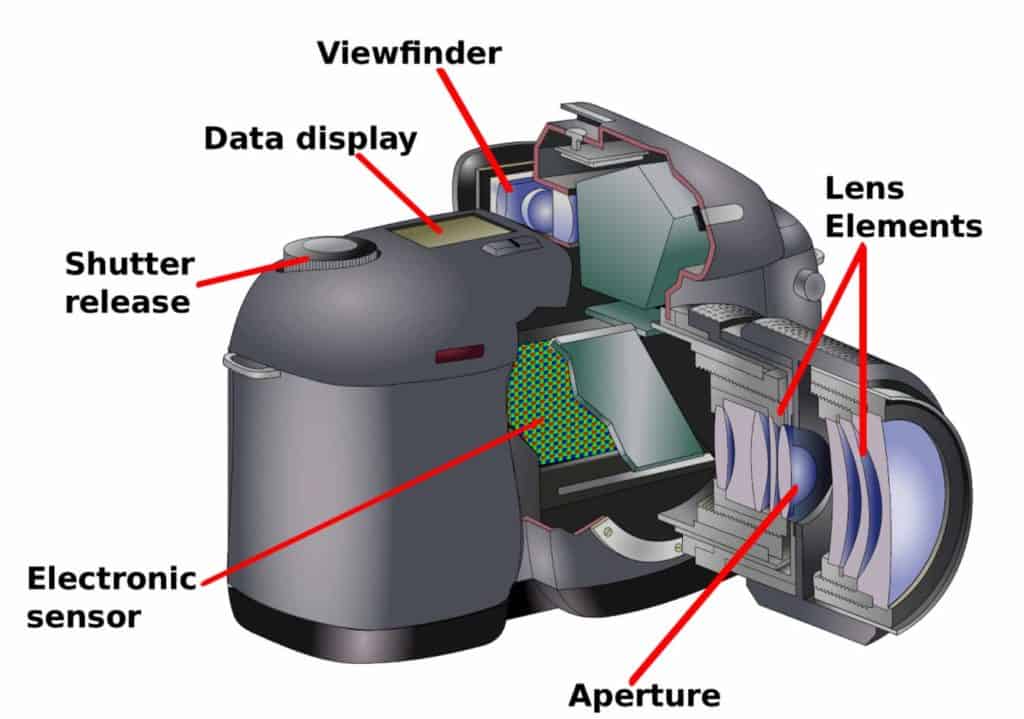

This is partially due to the minimum aperture size of f/32. On this particular test subject (my neighbor’s palm tree), diffraction is much less evident in the 55mm and 75mm lens, but very clear in the 165mm lens. I found some level of diffraction in all three of the lenses I tested. Left to right in the rear: Pentax 67 55mm f/4, Pentax 67 75mm f/4.5, Pentax 67 165mm f/4. These are the lenses I included in my testing for this blog (except for the Minolta lens).
#Light diffraction through aperture manual
Here’s a comparison to a 50mm f/1.4 Minolta manual focus lens that I bought with my 35mm SLR. They are huge, but I really like using them. Check out my blog topic on medium format lenses. I shoot IR almost exclusively with medium format lenses. It is so evident that it’s even evident in the live-view display. At this aperture diffraction makes the image quite soft. Interestingly, my 165mm f/4 LS medium format lens has a minimum aperture of f/32. So when I added another medium format lens to my fleet, I decided to do a little more testing. I like to understand where all my lenses are sharpest and where they are soft.

There is diffraction at all f/numbers though its more pronounced at smaller apertures. As the aperture size decreases, diffraction increases and becomes more visible. You can shoot everything at f/22 and have great depth of field and focus. It turns out that diffraction can be a fairly significant issue with camera lenses. I had always wondered about white light diffraction, especially in camera optics.

My interest in photography began to mesh with what I had learned about optics. This also occurs in photography with all the colors diffracting different amounts, but occurring simultaneously. This is the effect on light as it passes through small openings. Below is a shot of textbook linear laser diffraction through a small opening. So most of my diffraction experience was with monochromatic light (one color). It was then I started learning about the wave nature of light and how diffraction occurs. I was hired to work in an optics research lab (see my holography post). Some years later while working on my undergraduate degree, I became interested in optics. When I went to any action event, I’d shoot at high f/numbers so everything was in focus (before the days of auto focus). One photography class take away for me were all the details about depth of field and aperture. Funny thing is that all these years later I’m still learning, almost on a daily basis. After taking the class I thought I knew all there was to know about photography. I thought I knew a lot about photography.
#Light diffraction through aperture free
A few years after I began my photography adventure I took a photography class that came free with my first SLR camera.


 0 kommentar(er)
0 kommentar(er)
